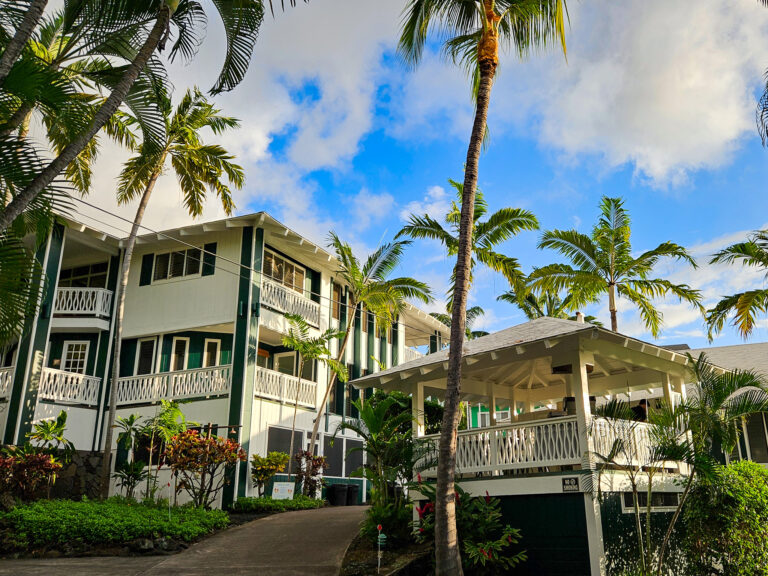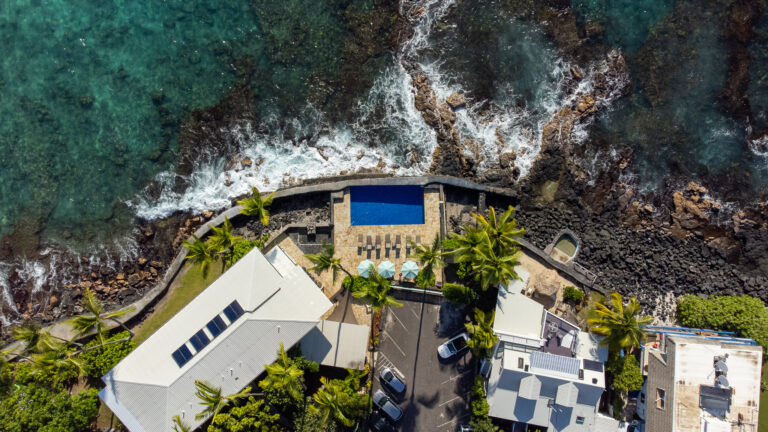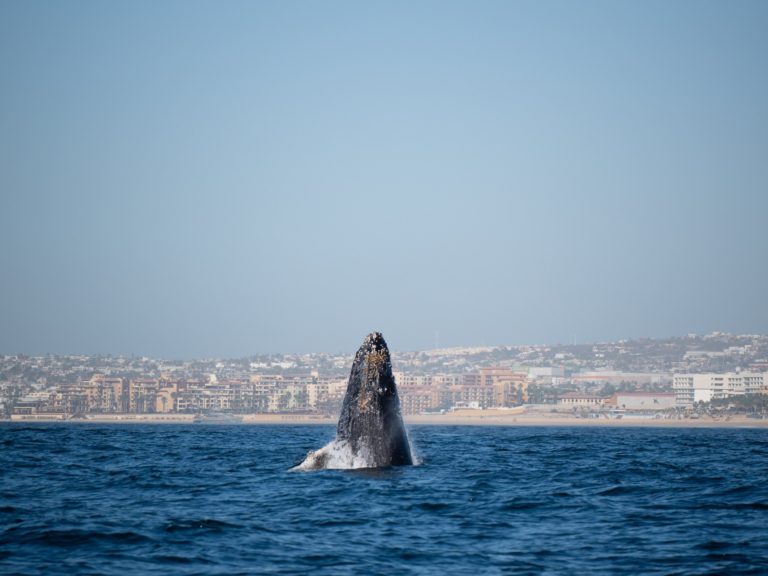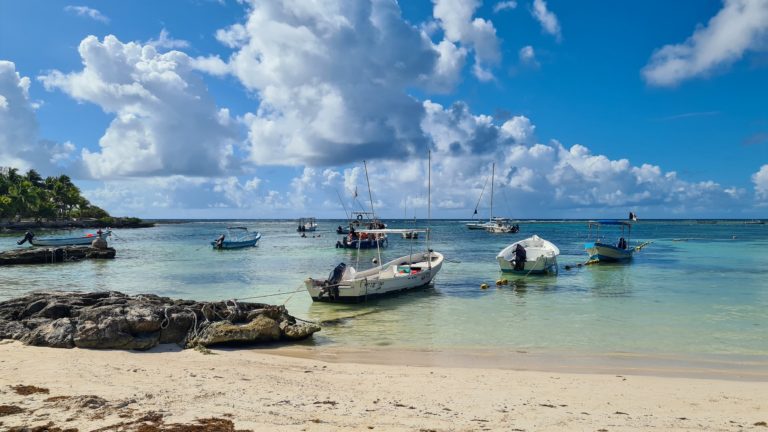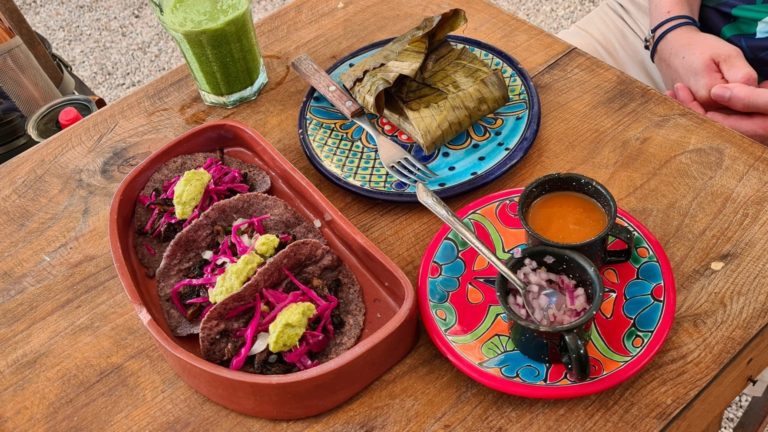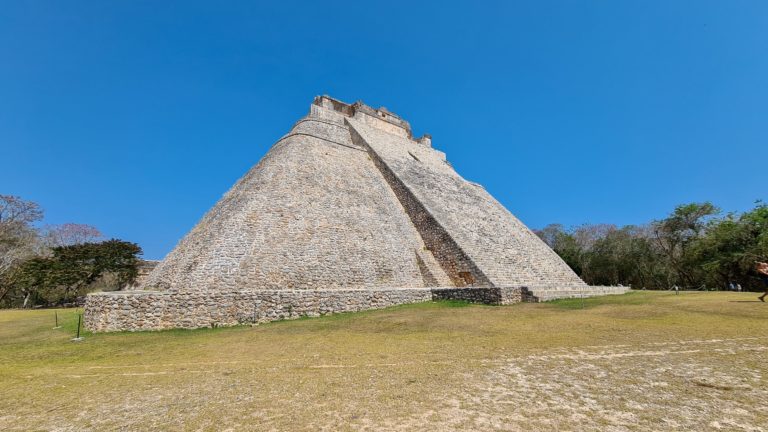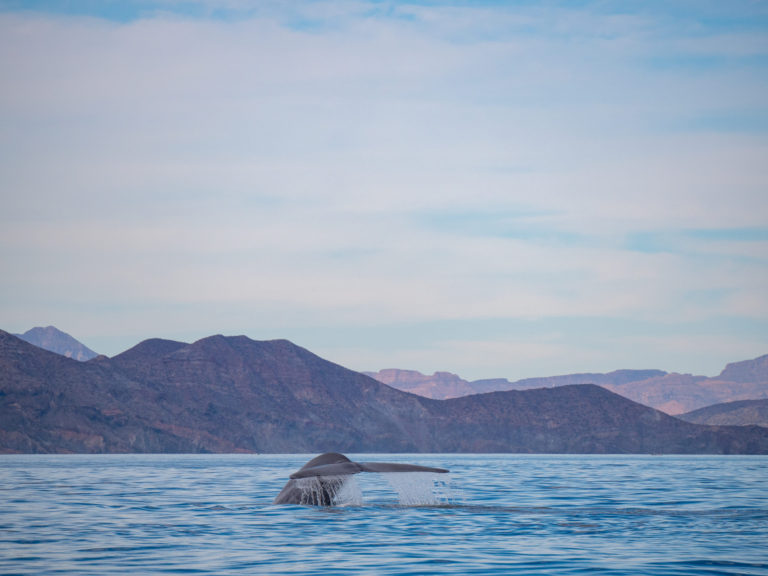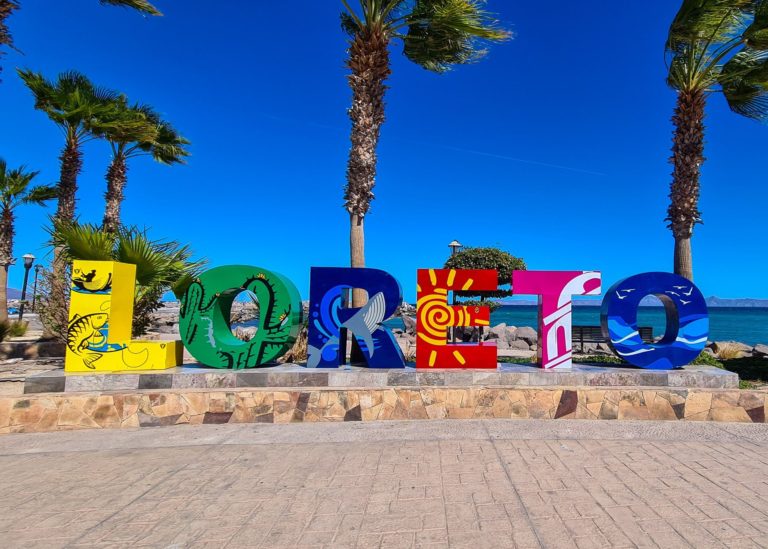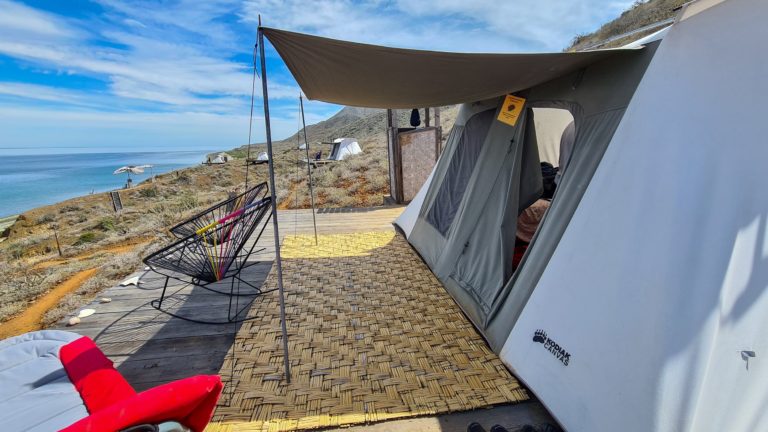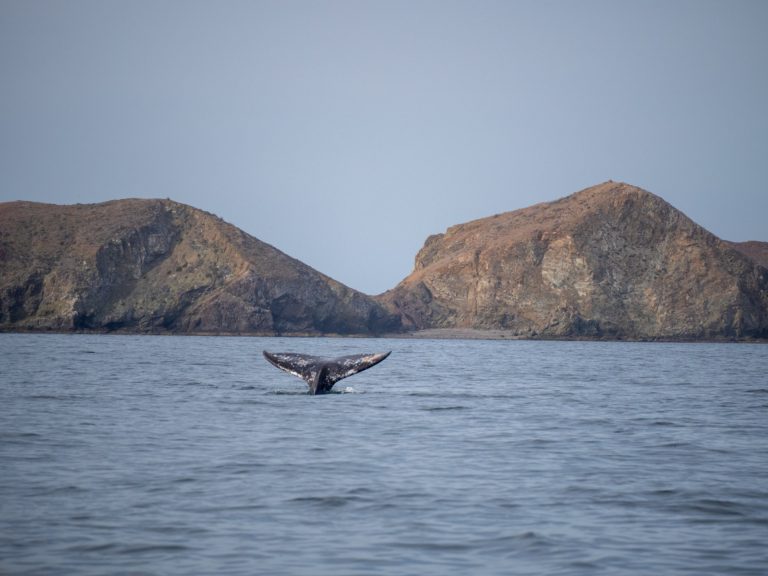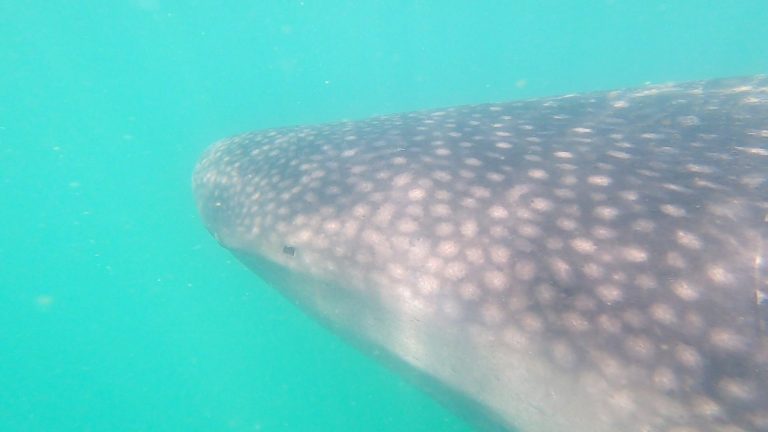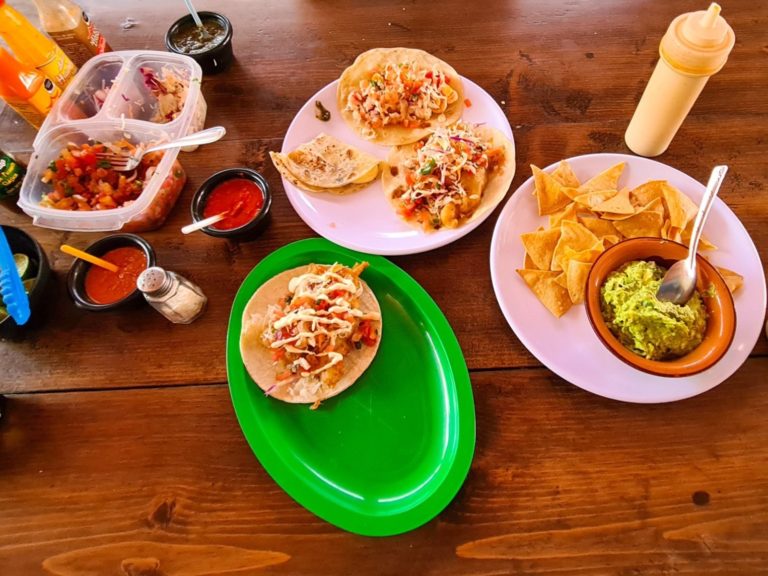Everything you need to know about visiting Hawai’i Volcanoes National Park
A complete guide to Hawaii Big Island’s Volcanoes National Park.
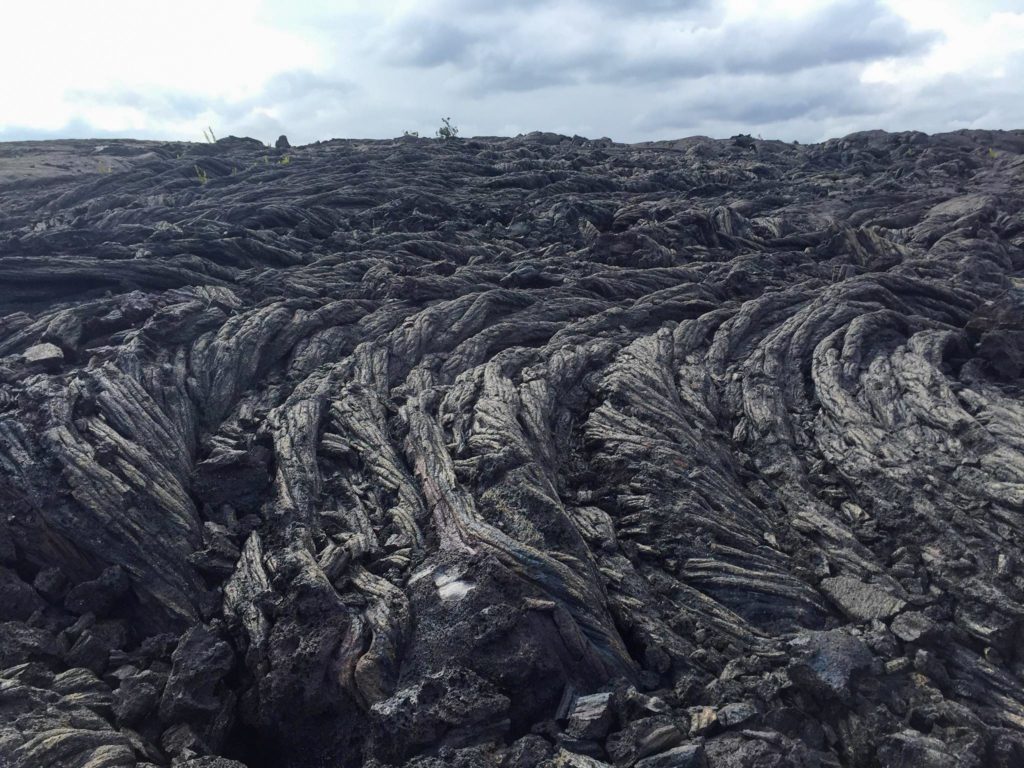
This post may contain affiliate links, which means we might earn a small commission on anything purchased through these links at no extra cost to you. Learn more on our disclaimer page.
What is Hawai’i Volcanoes National Park?
Hawai’i Volcanoes National Park is a 335,259 acre (about 523 square mile) area in the south of Hawaii’s Big Island. The site stretches from the summit of active volcanos Mauna Loa and Kīlauea, to the Pacific Ocean and contains steaming vents, giant craters, fields of petrified lava and, of course, volcanoes. Hawai’i Volcanoes National Park is home to some of the most active volcanoes in the world.
The park is open 24 hours a day, 7 days a week, while the Kīlauea Visitor Centre is open 9:00-17:00. Entrance is $30 per vehicle (capacity 15 or less), $15 per pedestrian or bicycle and $25 per motorcycle. A Hawai‘i Tri-park Annual Pass is available for $55 and covers Haleakalā National Park and Puʻuhonua o Hōnaunau National Historical Park too.
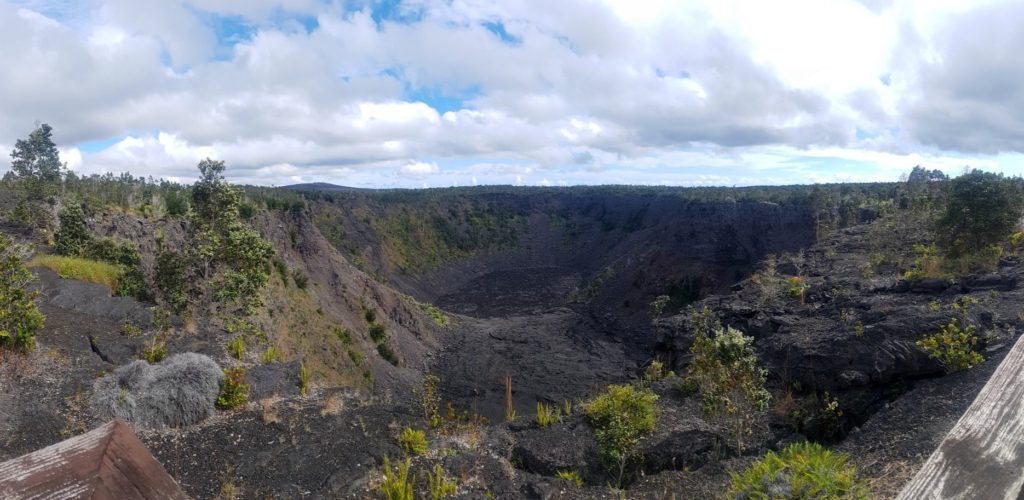
Where is Hawai’i Volcanoes National Park?
Hawai’i Volcanoes National Park is located in the south east of Big Island. The park is easily accessible form all over Big Island and makes for a popular day trip. You can see the location of Hawai’i Volcanoes National Park on the map below. Here are the directions to Hawai’i Volcanoes National Park:
From Hilo: The journey to Hawai’i Volcanoes National Park from Hilo is 29 miles (46km) and takes around 40 minutes. Simply follow Highway 11 south until you reach the park.
From Kailua-Kona: Hawai’i Volcanoes National Park is 95 miles (152km) southeast of Kona on Highway 11 and takes between 2 to 2 1/2 hours to drive. It’s also possible to take the route through Waimea and Hilo via highways 19 and 11, which is about or 125 miles (200km) and takes between 2.5 to 3 hours.
From Waikoloa: You can reach Hawai’i Volcanoes National Park from Waikoloa in around 2 hours, 90 miles (144km) along Highway 200.
Visiting Hawai’i Volcanoes National Park can take a couple of hours to a full day, depending on much you wish to explore. It’s also a popular spot on many day tours, which include other Big Island highlights too.
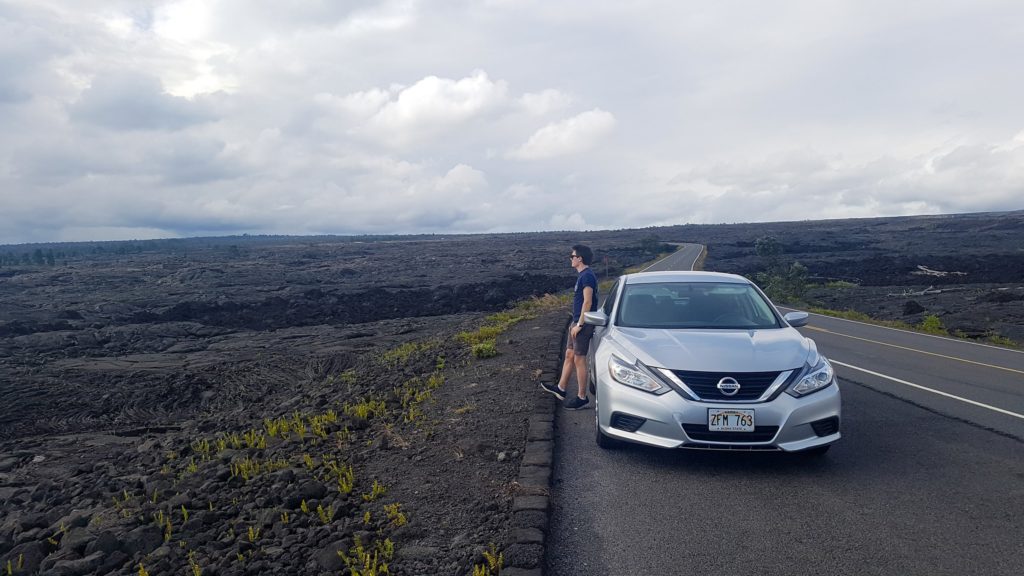
Interactive Hawaii Big Island Map
How to get to Hawai’i Volcanoes National Park
Hawai’i Volcanoes National Park is most easily accessible by car. You can hire a car with ease from either Hilo or Kona airport, or from a car rental shop in town. Information leaflets can be picked up at the entrance and you can follow a Virtual Self-drive Tour, which provides informative audio commentary, as well as stories and legends about Volcanoes National Park.
If you don’t hire a car, it’s easy to arrange a visit to Hawai’i Volcanoes National Park on a tour.
From Hilo, this highly-rated, small group day tour visits all the main sights in Volcanoes National Park with a knowledgeable local guide. You’ll not only visit Halemaumau crater and learn about the history and legends of the park, but you’ll have time in Hilo itself too, visiting Liliuokalani Gardens, Rainbow Falls and tasting local coffee and Big Island treats at a chocolate factory.
Alternatively, you could book onto a combined highlights tour and explore more of the island too. The Big Island Volcanoes & Winery Tour is very popular for those wishing to visit Big Island’s main attractions. Similar combined tours can be taken from Kailua-Kona, the Ultimate Circle Island Explorer Tour, and Waikoloa, the Ultimate Big Island National Park Tour.
You can also book a Scenic Helicopter Flight over the Volcanoes National Park, giving you bird’s eye view of volcanoes and lava fields. If your trip coincides with an eruption, this can be a a once-in-a-lifetime opportunity to see lava spewing from an active volcano.
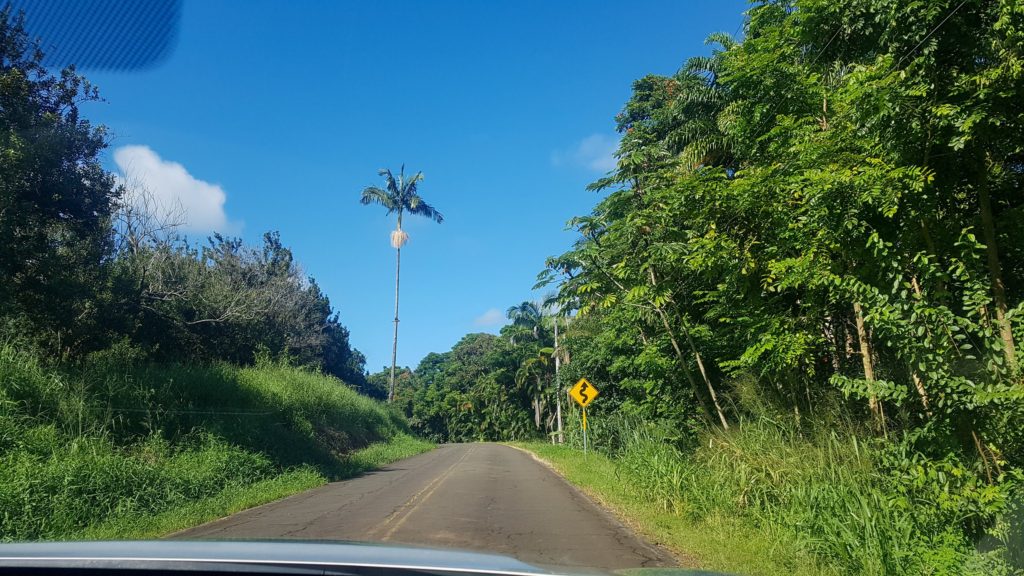
The Crater Rim Drive
Start at the Kīlauea Visitor Centre, which can provide the latest information on trails, ranger-led activities, road conditions, and safety precautions. Then take the road clockwise along the circular 10.6 mile Crater Rim Drive, which circles the Kīlauea Caldera. The route passes sulphur banks, steam vents and lava tubes, as well as the Halema’uma’u Crater, which is said to be the home of Pele, the volcano goddess. You can also stop at the Jaggar Museum, which features volcanology exhibits.
Stops:
- Uēkahuna – The highest point on the rim offering views of Kaluapele, Mauna Loa, and surrounding areas. Uēkahuna is also an important site for Native Hawaiian ritual and cultural practice.
- Kīlauea Overlook – Stunning views of Kīlauea caldera and Halemaʻumaʻu crater.
- Wahinekapu – Also known as Steaming Bluff.
- Haʻakulamanu – A paved trail and boardwalk through Sulphur Banks.
- Kīlauea Iki Overlook – A viewpoint that looks into the volcanic crater that hosted the lava fountains and lake in 1959.
- Nāhuku – The Thurston Lava Tube, a 500-year old cave where a river of lava once flowed.
- Puʻupuaʻi Overlook – A viewpoint that looks into Kīlauea Iki crater from a perch next to the massive cinder cone created by lava fountains in 1959.
- Keanakākoʻi Crater – A pit crater.

The Chain of Craters Road
Then, you can take the Chain of Craters Road south through fields of petrified lava to the Hōlei Sea Arch. This route passes multiple trails and lookouts so you should stop often to admire the view and see the basalt up close.
Stops:
- Luamanu and July 1974 Flow – A pit crater that contained lava in 1974.
- Puhimau Crater – A dramatic pit chasm.
- Pauahi Crater – A large pit crater, which has hosted three eruptions in the past.
- Pu’uhuluhulu Cinder Cone – Views of the Maunaulu lava shield and lava flows from the 1969-1974 eruption can be found after a short day’s hike to Pu’uhuluhulu cinder cone.
- Mau Loa o Maunaulu – Fields of petrified lava flows of Maunaulu, from the 1969 to 1974 eruptions.
- Kealakomo Overlook – A scenic viewpoint of a vast lava plain with views of the Pacific Ocean.
- Alanui Kahiko – The remains of the old Chain of Craters Road which was covered in 1972, can be seen at the base of the lava-draped Hōlei Pali.
- Pu’uloa Petroglyphs – The largest grouping of petroglyphs in Hawai’i.
- Hōlei Sea Arch – A natural arch of lava rock formed by erosion from the ocean.
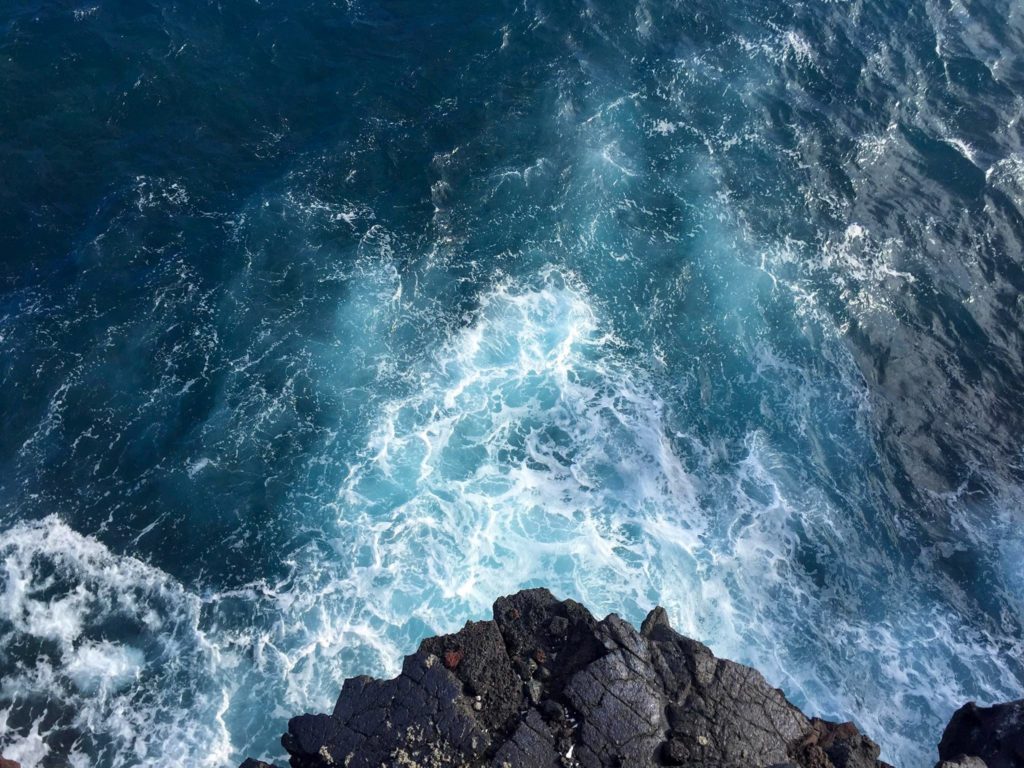
Hiking in Hawai’i Volcanoes National Park
There are multiple trails and hikes around the park, ranging from easy to hard. So here’s a list of all the main hikes, in no particular order:
- Crater Rim Trial – A trail circling summit caldera of Kīlauea and offering views, steam vents, and plant life.
- Maunaulu – Hike to the top of Pu’uhuluhulu Cinder Cone and see the 1969-1974 lava flows of Maunaulu.
- Pu’uloa Petroglyphs – Discover the largest group of petroglyphs in Hawai’i, in a petrified lava field.
- Keanakāko’i Crater – Explore a portion of the old Crater Rim Drive and enjoy views of Keanakāko’i Crater and Halema’uma’u Crater.
- Ha’akulamanu – See sulphur banks of colourful crystals, which have been deposited by volcanic gases.
- Halema’uma’u Trail – Hike down to the floor of Kīlauea caldera for a unique perspective. Lengthen your hike to include Byron Ledge, Kīlauea Iki, and Nāhuku.
- Kīlauea Iki – Descend 122 metres (400 ft) through rainforest into the volcanic crater, filled with a petrified lava lake from the 1959 eruption.
- Nāhuku – Walk through the rainforest to the Thurston Lava Tube, where a river of lava flowed 500 years ago.
- Devastation Trail– Take the paved path through a landscape that was buried by falling cinder from the Kīlauea Iki eruption in 1959 .
- Kūpina’i Pali (Waldron Ledge) – Follow an old road damaged by an earthquake in 1983 to see panoramic views of the Kīlauea Caldera.
- Kīpukapuaulu – Discover rare plants, birds, and old-growth trees on this loop hike.
- Footprints and Maunaiki – Enter the Kaʻū Desert and see ancient footprints left by Native Hawaiians.
- Uēaloha (Byron Ledge) – Enjoy views of Pu’upua’i and Kīlauea Caldera or extend your hike to include Uēaloha, the Kīlauea Iki loop and Nāhuku.
You can find out more about hiking in the Volcanoes National Park here.
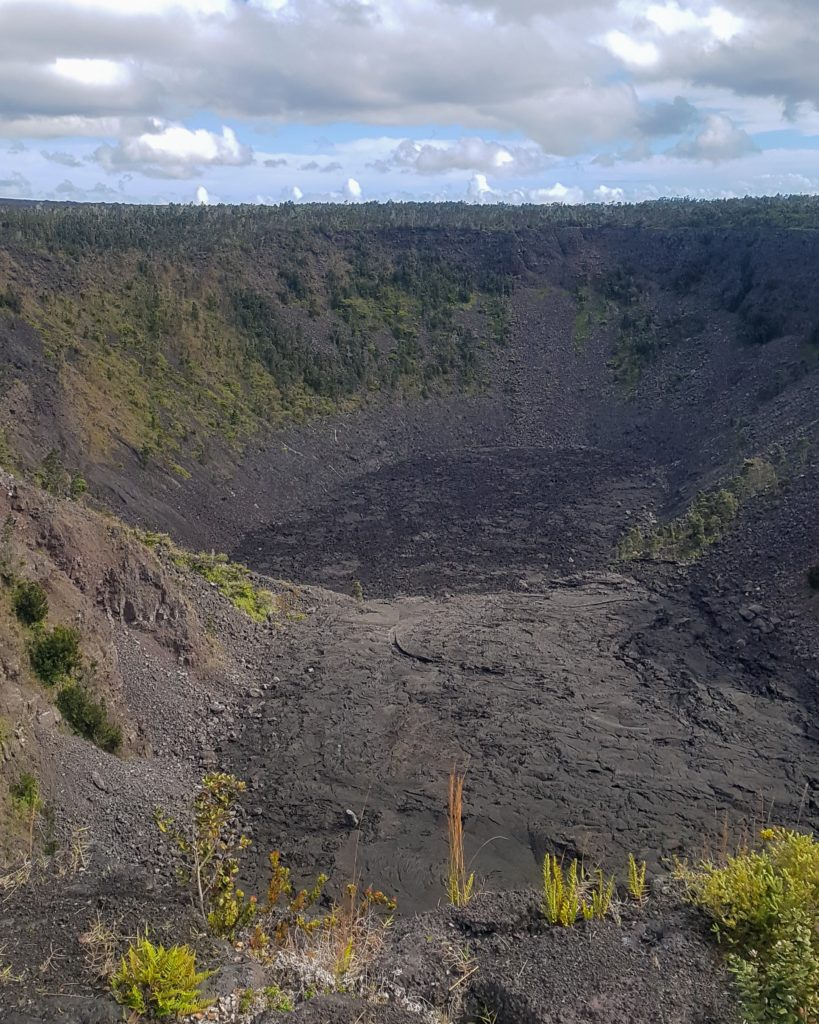
Camping in Hawai’i Volcanoes National Park
There are two campsites within the park.
- Nāmakanipaio – Features restrooms, fresh water, picnic tables and barbecue pits. Camper-cabins are also available to book and sleep 4. Each cabin has a picnic table, an outdoor barbecue grill and an outdoor firepit.Cost: $15 per night.
- Kulanaokuaiki – Has no water and pets are not allowed. There is a stay limit of seven consecutive days.Cost: $10 a night per site / $5 a night per site for Interagency Senior (Golden Age) and Golden Access passes.
Find out more about camping in and around Hawai’i Volcanoes National Park here.
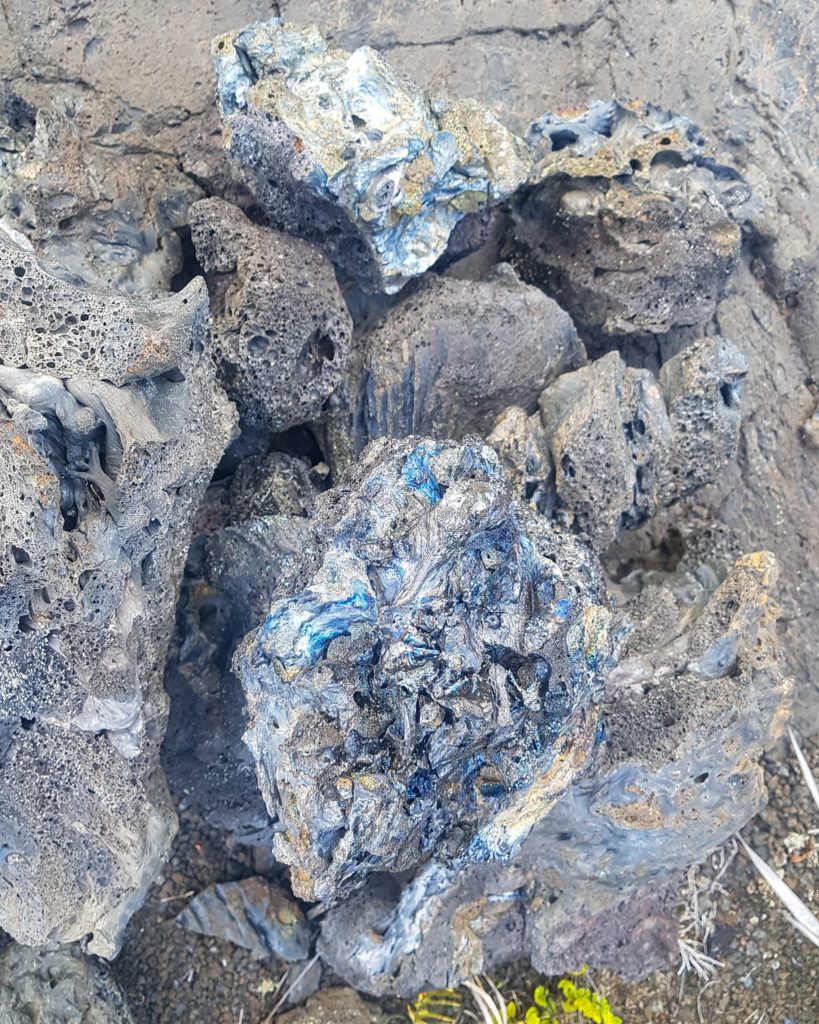
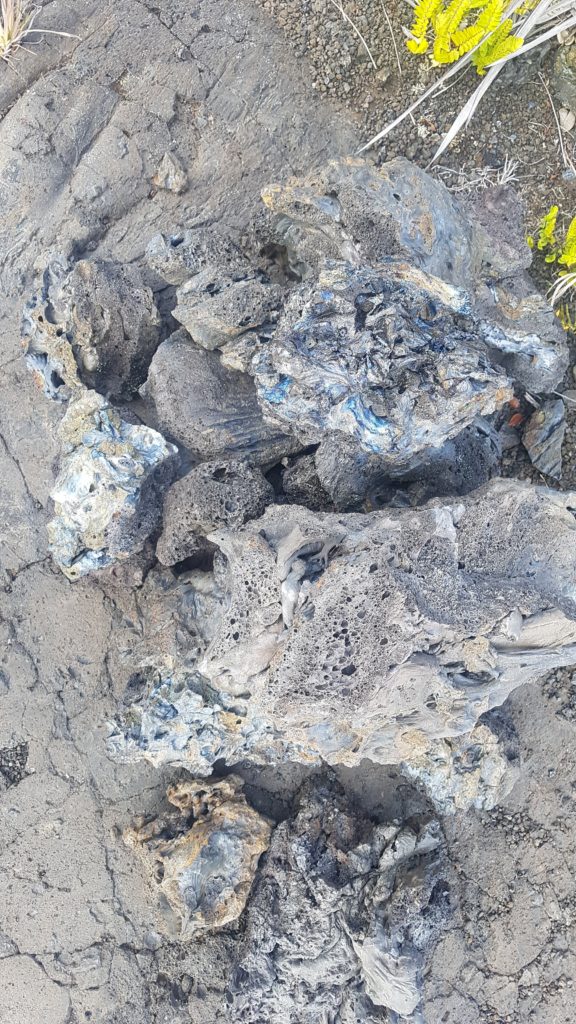
Visiting Hawaii during an eruption
If you visit during an eruption, you may be lucky enough to witness spewing and flowing lava. You should research where is best within the park to see the lava flow – rangers at the Kīlauea Visitor Centre will have all the most up-to-date information and be able to advise you.
There are a range of experiences available during live eruptions. You can join a guided hike or take a Scenic Helicopter Flight. You’ll see spewing lava and red-hot lava fields, as well as miles and miles of dramatic coastline, sprawling beaches, flowing waterfalls and lush rainforests. Each passenger is guaranteed a window seat in one of their nine-seater Cessna Caravans. Try to visit after dark for the most dramatic display of spewing lava. It’s not safe to hike around the park in the dark, so we’d recommend you book with a local guide if you want to do this.
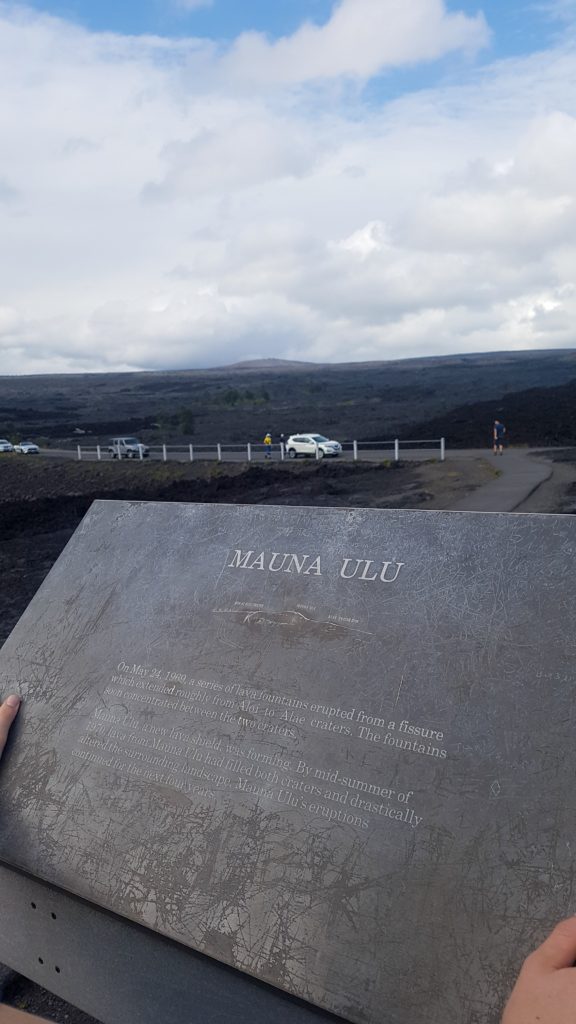
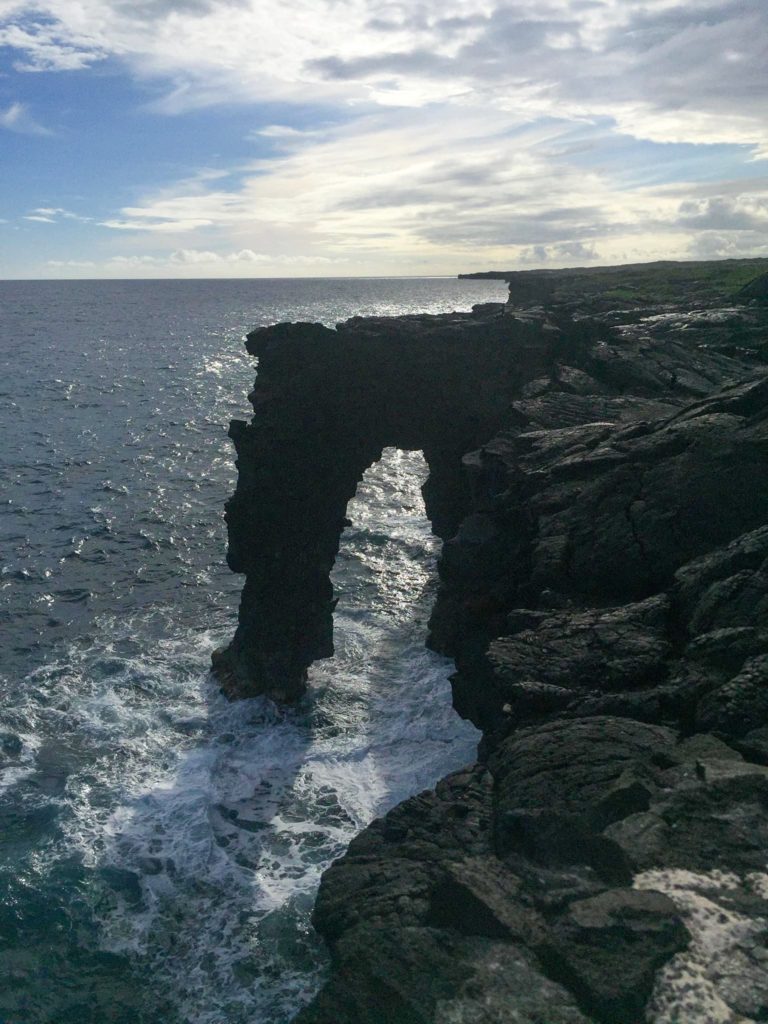
Safety in Hawai’i Volcanoes National Park
Stay safe on your trip by following the below advice:
- Volcanic eruptions can change quickly at any time. Keep up to date on the latest advice from the Kīlauea Visitor Centre or on the Hawai’i Volcanoes National Park website.
- Stay on marked paths, trails and viewpoints. Lava rock can be uneven and is as sharp as broken glass.
- Steer clear of cracks, cliff edges and steam vents as the ground near them may collapse.
- Wear sturdy walking shoes, biodegradable sun cream and a hat.
- Take lots of water and snacks.
- The roads are windy so go slow and look out for pedestrians and widlife.
- Don’t harass or feed wildlife. Look out for nēnē (Hawaiian Goose) which are endangered.
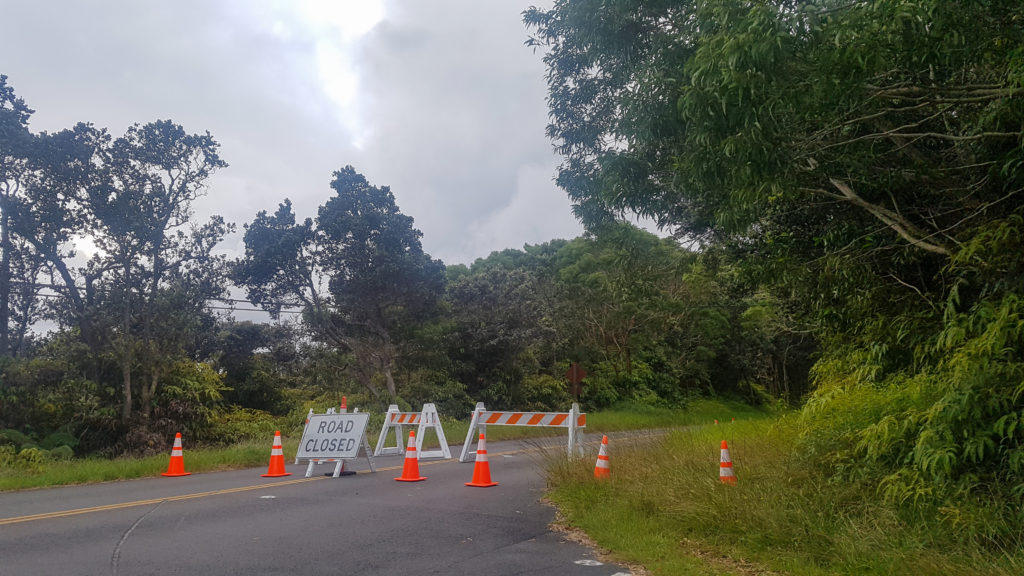
Hawaii’s Volcano Winery
One mile from the Volcanoes National Park sits Hawaii’s Volcano Winery, which is America’s southernmost winery. This is a great spot to stop on your way to or from the park. They feature award-winning wines and estate teas and offer super affordable tastings. Their wines are unique as they are produced only on the Big Island and the grapes are grown in volcanic soil.
Look out for the Hawai’i Volcanoes National Park sign on the Hawai’i Belt Road too!
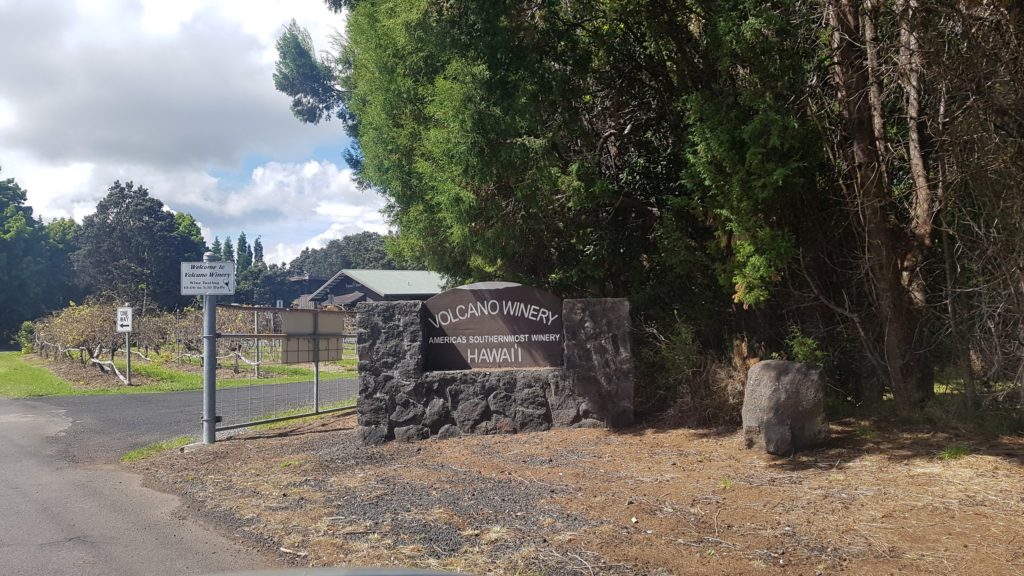
Punalu’u Beach Black Sand Beach
While you’re in the south of Big Island, why not combine your visit with a trip to Punalu’u Black Sand Beach? Punaluʻu beach is the most famous black sand beach in Hawai’i and is a great place to spot hawksbill and green turtles. It’s actually one of the only places in the world that endangered green turtles can be seen basking on the beach!
Read next: Everything you need to know about visiting Punalu’u Black Sand Beach here.
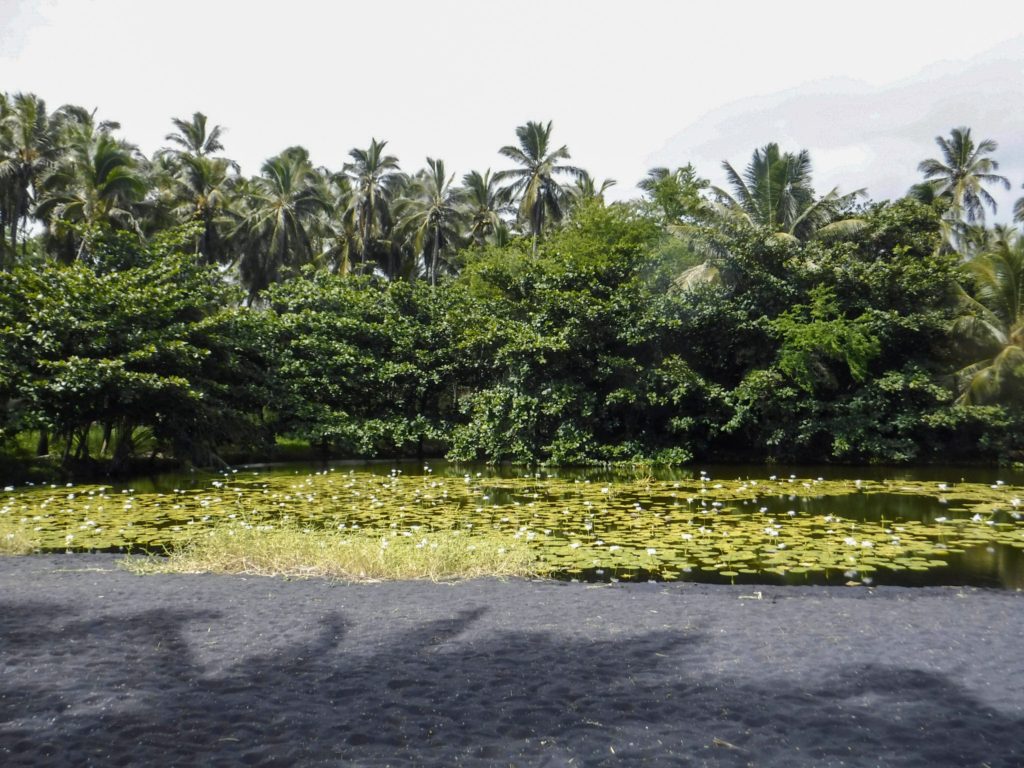
Read next:
The Thorough Guide to Hilo, Hawaii
The Thorough Guide to Kailua-Kona, Hawaii
Everything you need to know about visiting Punalu’u Black Sand Beach, Hawaii
Everything you need to know about visiting Pu’uhonua O Hōnaunau National Historical Park, Hawaii
The Thorough Guide to Snorkelling on Hawaii’s Big Island
